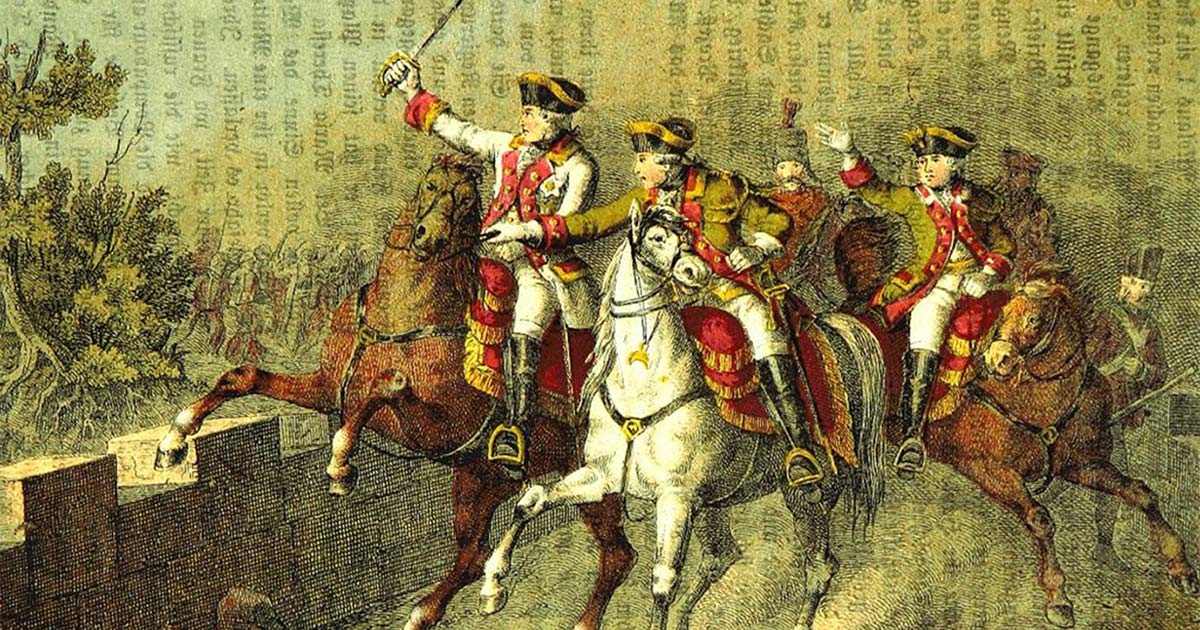The Austrian Army Fought Itself and Lost at the Battle of Karánsebes
The Battle of Karánsebes has been remembered as one of the most absurd battles in history. During the infamous Ottoman-Hapsburg wars, troops from the Austrian Army of the Holy Roman Emperor Joseph II supposedly ended up killing each other in a memorable friendly fire fiasco which has become symbolic for the folly of war.
The Austro-Turkish War (1787 to 1791) stemmed from territorial disputes between the Ottoman Empire and the Holy Roman Emperor. By this point, the Ottomans controlled extensive territories across Southeast Europe, Western Asia and North Africa, while the Holy Roman Emperor aimed to expand Austrian influence in Eastern Europe. The conflict was further fueled by the Holy Roman Emperor's alliance with Russia’s Catherine the Great on whom the Ottomans had declared war in 1787.
Hoping to leave his mark on history, legend has it that Hapsburg Emperor Joseph II decided to lead his troops into battle, despite his lack of skills on the battlefield. Troops from all over the empire converged near Belgrade, in a fateful decision which sparked a malaria outbreak. Despite suffering huge losses, they decided to head for Transylvania (in modern-day Romania) to find a good defensive position.

Portrait of Joseph II, who fell into the river during the Battle of Karánsebes, attributed to Anton von Maron. (Public domain)
The Austrian army camped near Karánsebes. As darkness fell on the night of September 17, 1788, a group of hussar cavalrymen—the Hungarian light cavalry—crossed the river to scout for Ottoman troops, instead stumbling upon a group of local Gypsies selling liquor. When a group of infantry from the same immense army came across the drunken group and wanted to join in the fun, chaos ensued.
The Austrian Army was a diverse organization, made up of an eclectic mix of Austrians, Romanians, Serbs, Croats, Italians and more—a situation bound to lead to confusion. Accounts suggest that, in a brazen attempt to startle their inebriated companions and claim their share of the libations, the foot solders cried out, “ Turcii! Turcii!”
Shots were fired in the dark and some of the hussars mounted their horses to escape back to camp. The commotion sparked confusion back at Karánsebes and when someone shouted Halt (meaning “stop” in German), it was confused for Allah! and all hell broke loose. In the midst of it all, Joseph II apparently fell in the river and crawled to safety. By the end of the night between 500 and 10,000 Austrian soldiers were dead.
Whether its reputation is rooted in fact or fiction, is hard to determine, as the earliest record of the incident was not written until about 40 years later. The Battle of Karánsebes has even earned the moniker of “the battle that never was.” In any case, Erik Durschmied dissects the events in his book The Hinge Factor: How Chance and Stupidity Have Changed History.
Top image: Holy Roman Emperor Joseph II leading the Austrian army into battle in 1788. Source: Public domain

















